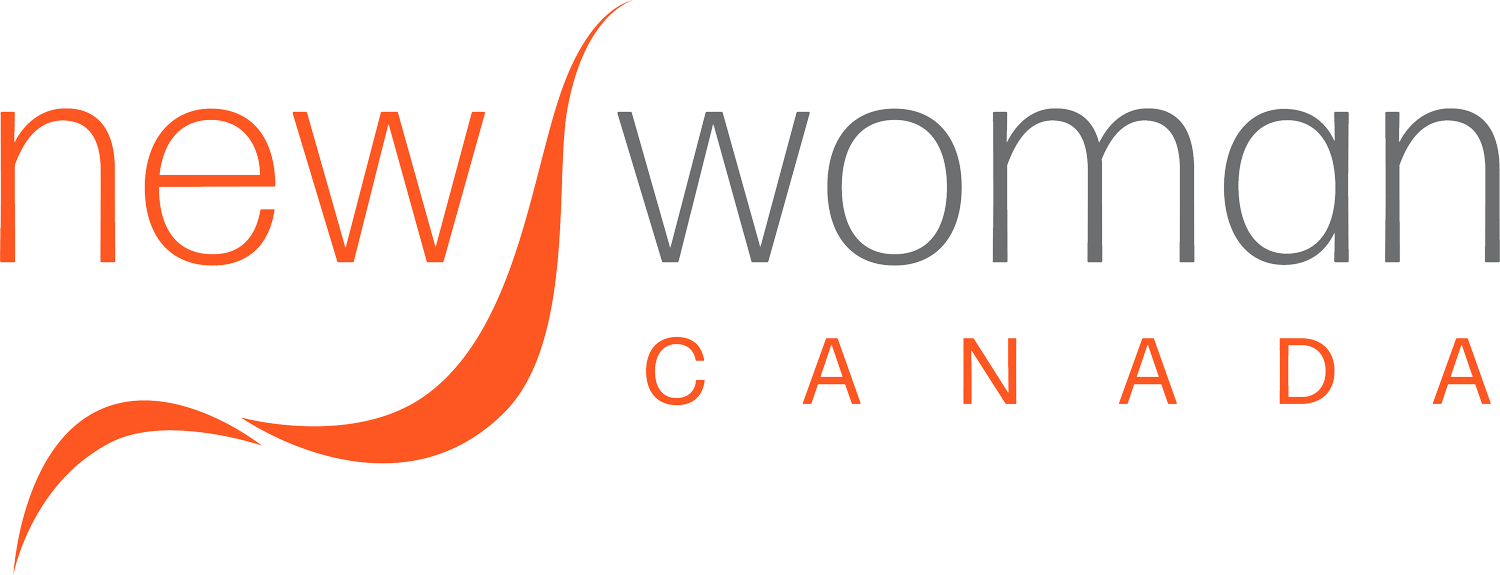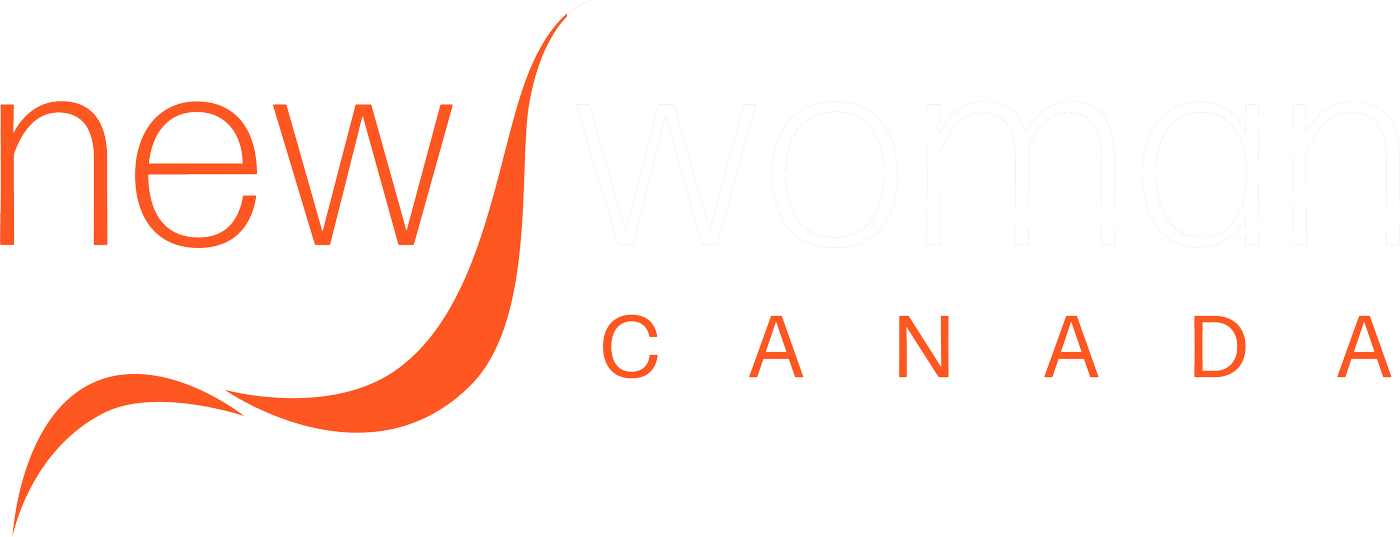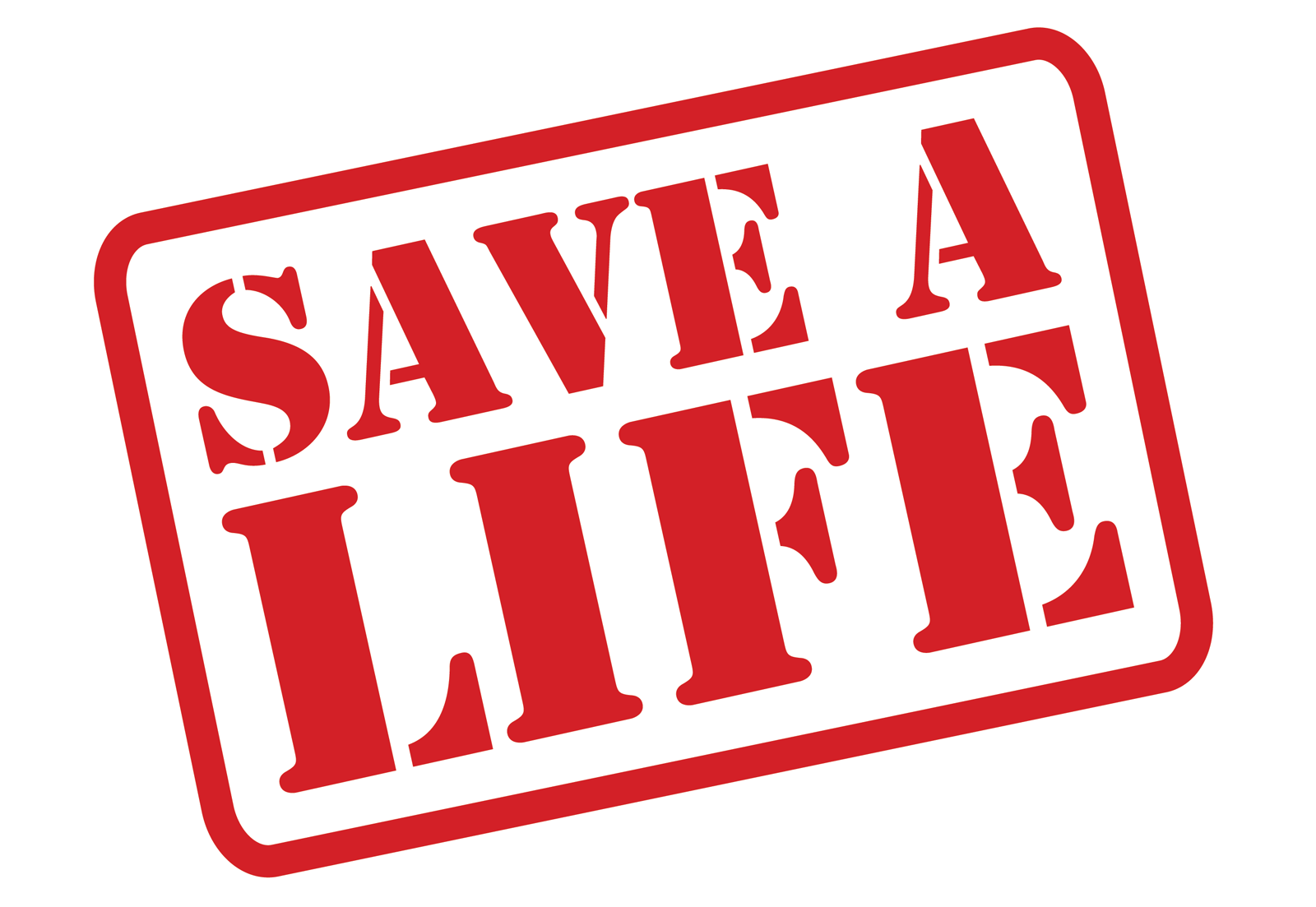A few weeks ago, I attended a First Aid CPR course (cardiopulmonary resuscitation). Protocols and guidelines change every so often. It is always healthy for me to be reminded of how important it is to keep up to date and how many lives CPR saves every year.
It is perhaps not the best time to take a course during the busy holiday season or with increasing Covid numbers. On the other hand, it is a good idea to make it a New Years resolution for something to do in 2022 when the weather gets better and Covid is hopefully under better control!
You could save somebody’s life. Each year many people collapse with a cardiac arrest away from a hospital. It could happen anywhere, any time. It could happen to your friend, a family member or a complete stranger.
This summary below is only a summary and can not be substituted for a certified CPR course. Guidelines are also different for children and babies. There are several companies offering CPR. Some will even come to your workplace, to a park or garden if a few people request. The Canadian Red Cross is just one example.
Are airways clear and free?
The first thing you should do when you need to provide aid is to check if a person is unconscious. You can do this by talking to the person and shaking them gently. Then watch and feel for a maximum of 10 seconds. If you can tell that the person has normal breathing, then they must be placed in a stable position on their side. If, on the other hand, there is no obvious breathing, shout for help, then make sure that the tongue does not close the airways by bending the head back slightly and lifting the chin. Tell someone to call 911.
You must press at least 100 times a minute when giving cardiac massage.
Make sure the person is lying flat on their back on a hard surface. Place your hands on top of each other in the middle of the sternum, stretch your arms and press down to a depth of approx. 5-6 cm.
You must give at least 100 compressions per minute, but not more than 120. This also happens to correspond to the tempo in the Bee Gees number ‘Staying Alive’.
After 30 seconds, if safe, give artificial respiration – 2 breaths. You do this by first bending the person’s head back, lifting the jaw up and holding 2 fingers to the nose. During Covid times you might choose not to do artificial respiration. Chest compression alone moves some air.
Most importantly: Continue cardiac massage, artificial respiration or not: you must continue to give cardiac massage until the ambulance arrives or the person improves and starts to breathe normally.
Any help is better than no help and you can not do harm. If several people are at the scene of an accident and are near a defibrillator, the emergency centre may ask you to have one of the others pick up the defibrillator while you continue cardiopulmonary resuscitation.
You can not do anything wrong
You might break one or more ribs on the injured person. The worst thing that happens is that the person has returned to life and will thank you for the next 14 days while recovering from a broken rib.
Wishing you all the best in 2022.


